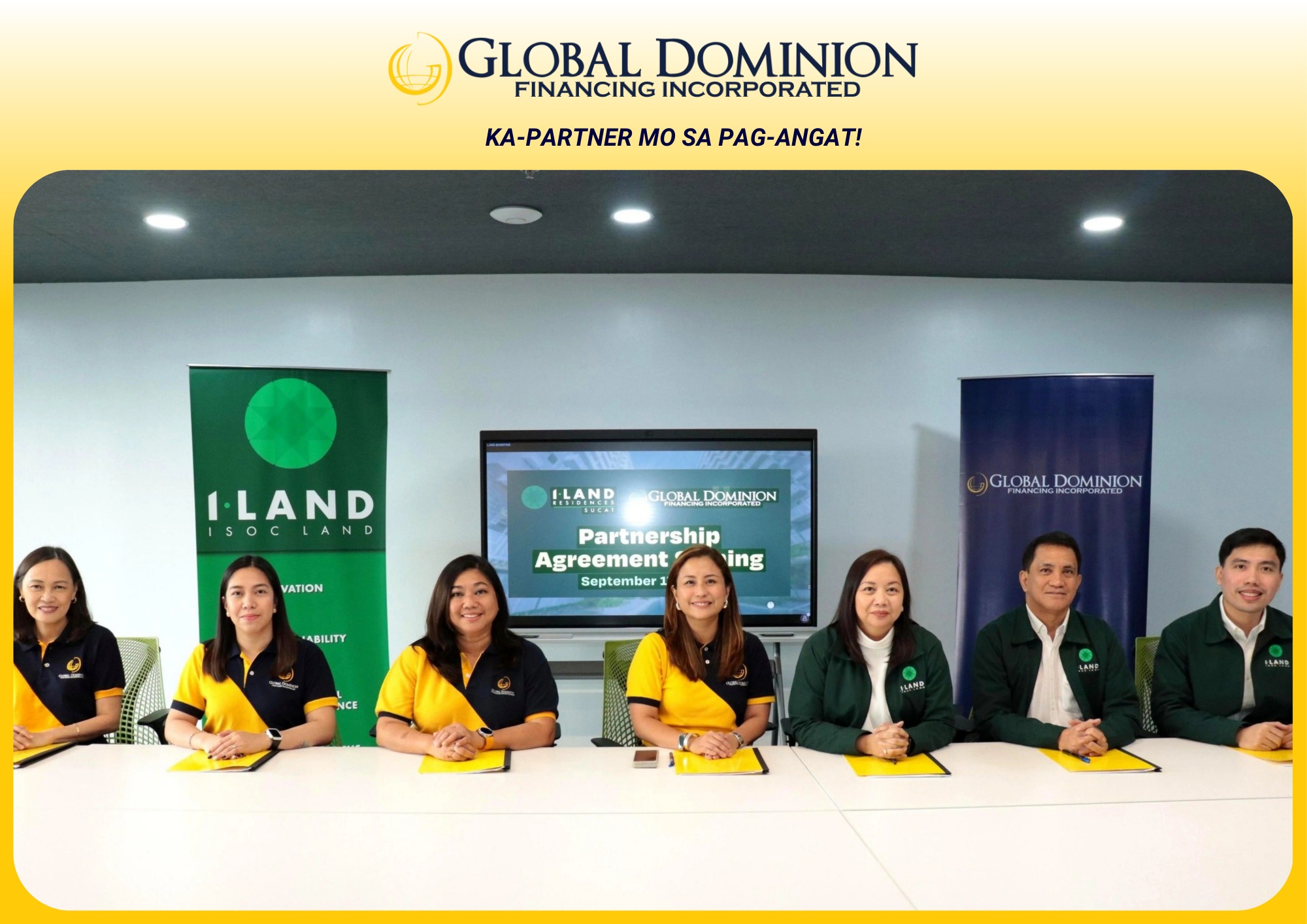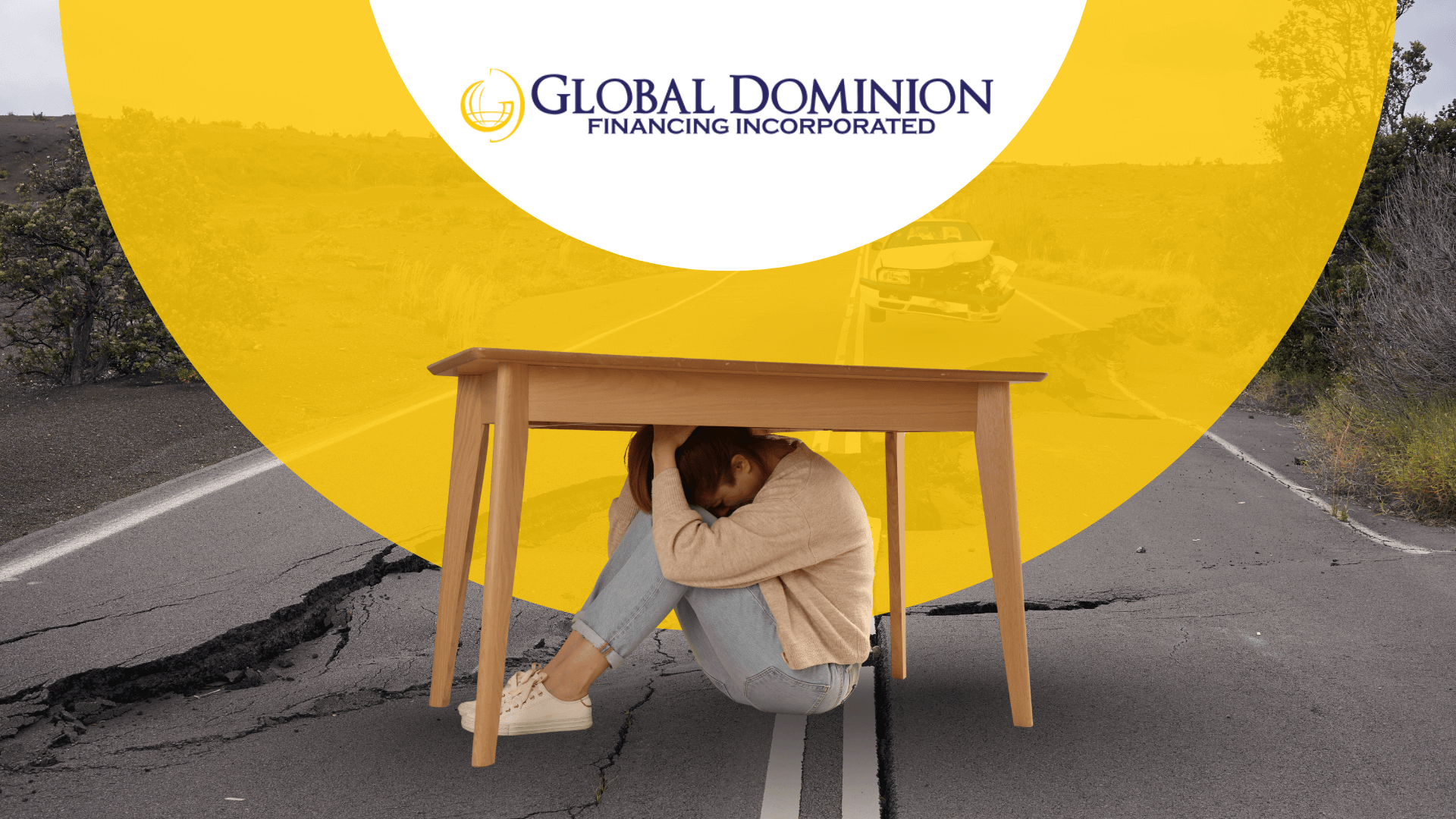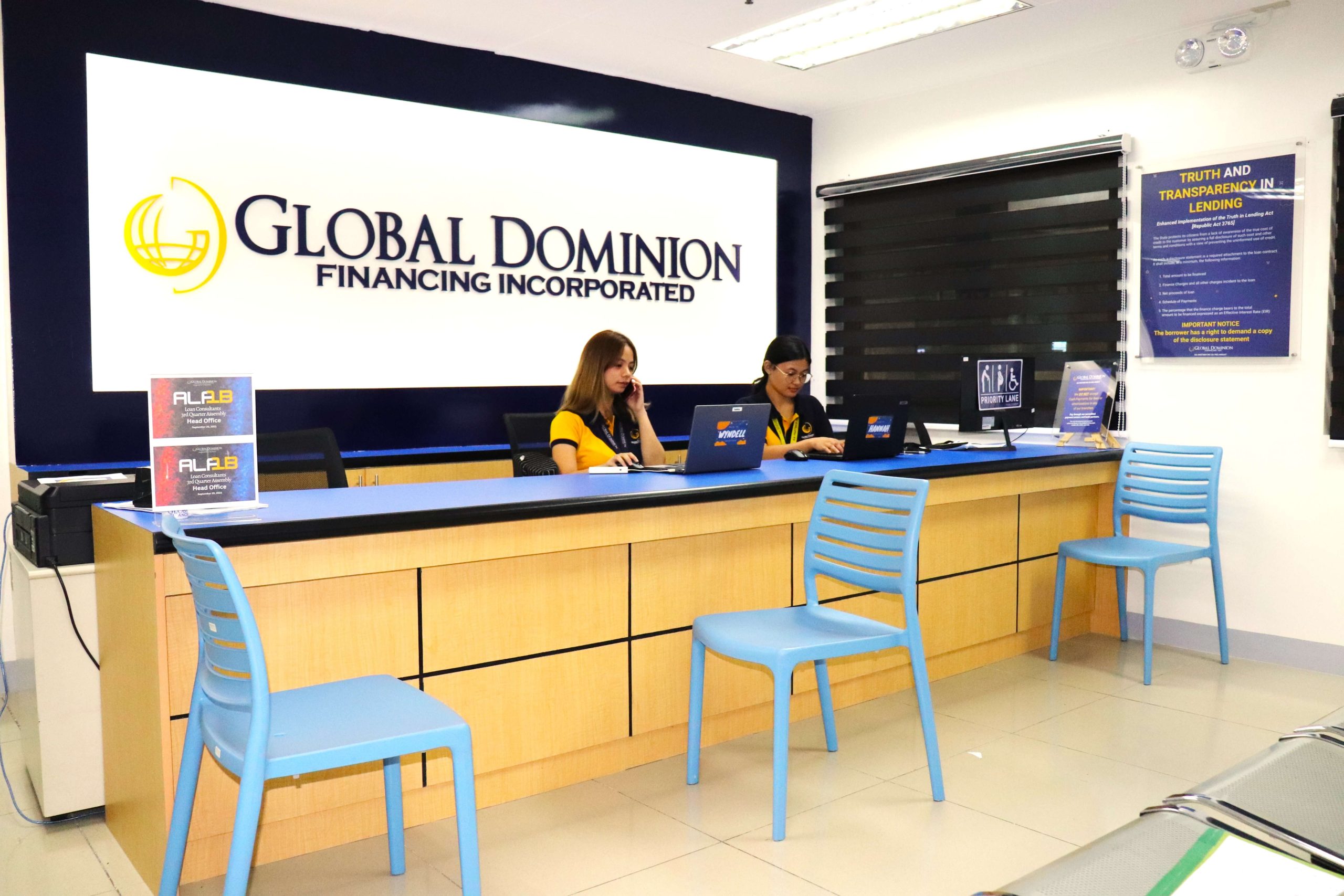Crowdlending: A Case for Borrowing to Grow

SMALL and medium-sized enterprises (SMEs) are important to the economy. In the Philippines, SMEs account for 99.6% of registered businesses and 63% of the country’s total employment. However, they face a host of growth challenges—including lack of technical capacity, difficulty in accessing regional markets and, notably, a lack of access to finance.
Banks and bigger financial lenders became more conservative in lending in the aftermath of the 2008 global financial crisis. SMEs do not have the capitalization size to list on stock exchanges. Plus, they do not have the scale of rapid growth to attract the interest of venture capitalists. They often turn to overdraft facilities to finance medium and longer- term operations, which is not ideal.
That is where peer-to-peer (P2P) lending solutions, like crowd-funded borrowing, offer SMEs access to the necessary finance to grow their businesses even in times like these. However, the take-up rate for such facilities is still slow, although capitalization is aplenty despite the downturn. We often see that the more traditionally-minded businesses in Philippines and Asia are generally very cautious about borrowing to grow. Perhaps this stems from a cultural stigma of being indebted, just like how it took some time for the idea of using credit cards to gain widespread acceptance in Asia some generations ago.
Peer to peer lending (P2P) is the process of lending money to individuals or businesses via online services that connects/contest lenders with borrowers. P2P offers their services more cheaply other than traditional financial institutes. Therefore, lenders can acquire higher returns as compared to investments and saving products given by banks and other institutions. This money lending process is also known as “crowd-lending”.
The crowdlending scene has undoubtedly sparked a high level of interest among investors in recent years. Global Peer to Peer Lending (P2P) Market is valued at USD 34.16 Billion in 2018 and expected to reach USD 589.05 Billion by 2025 with a CAGR of 50.2% over the forecast period. This signifies that the idea of crowdfunding borrowing is gaining more traction in Southeast Asia. Even though the industry in this region is not yet as large or developed as that in the US due to the latter’s head-start, it is gaining more traction over the last five years.
While there are risks – real and perceived to borrowing from P2P lenders to grow – and there are increasing opportunities to obtain capital from non-traditional sources. P2P platform operators mostly have their own risk assessment tools to perform a “health check” on their borrowers.
For instance, SeedIn applies a Digital Credit Scoring System in accordance with their credit philosophy to rigorously assess the credit worthiness of a borrower. Through the application of algorithms that help with the “heavy lifting”, this strategy simultaneously enables a business’s fundability to be analyzed with precision while reducing the chance of human errors throughout the process. This improved efficiency also enables the platform to assess more loan requests from borrowers.
This is a weighted scoring scheme based on the criteria of “due diligence” (which looks at whether the borrower has any litigation suits against it or has existing charges from other financiers), “repayment ability” (to be determined through bank statements and upcoming projections from the borrower) and “collections” (which looks at the profile of the guarantor for the loan, and their credit history).
In a bid through coordinated and catalyzed actions to support the common interests of the industry, the company also launched a Payment Rating System to assess borrowers’ repayments. The system assigns a grading to the borrower based on the timeliness of their repayment history, the details of which can be purchased by institutions and companies. A negative rating would affect the borrower’s ability to secure such loans in future. Detecting the early signs of financial instability on the part of the borrower is important for identifying any risk of default.
Analyzing a borrower’s payment behavior will provide a more detailed picture of their present and future financial stability. While such a rating system may not be as complex as that used by the major credit agencies, it is appropriately tailored to measure the repayment reliability of the company. In future, the company looks to share the data of the payment rating system with marketplace lenders, financial institutions, regulators and other stakeholders. In essence, the above will help SMEs build their credit and payment track records and transit from being unbankable to bankable.
SeedIn matches Small Medium Enterprises and investors so that SMEs can find suitable financing while investors can invest in it for a return. “Security and Assurance of Returns”, are the things that Seedin can offer to its investors and that make SeedIn unique compare to other traditional financing medium. SeedIn provides opportunities and possibilities for individuals and organization. For individuals they can have the mobile platform for the easy and fastest way to invest and save up their money. All they need to do is to choose any of the listed projects and invest. While organizations can have diversified revenue stream that will give high-yield returns in which they can share to their employees.
Ultimately, funding for small companies should not come at a cost to investors and the overall financial systems. A global slowdown may dampen business sentiment, but pockets of opportunities still exist for SMEs based here willing to take the chance. While traditional sources of capital may be not so readily available, the alternative credit opportunities can be a useful lifeline and growth stimulus for SMEs.
SeedIn Philippines is a member of #TheConvergenceProject2020, a gathering of different organizations from various sectors, mostly from the financial industry to initiate action items in order to elevate the level of financial literacy in the country.
The Team: Global Dominion Financing Inc. (gdfi.com.ph), SeedIn Technology (ph.seedin.tech), Sendah (sendah.com), Compass PH (compassph.com), Intego Insurance Agency (integoinsurance.ph), Loansolutions.Ph (loansolutions.ph), KayaCredit (kayacredit.com)





